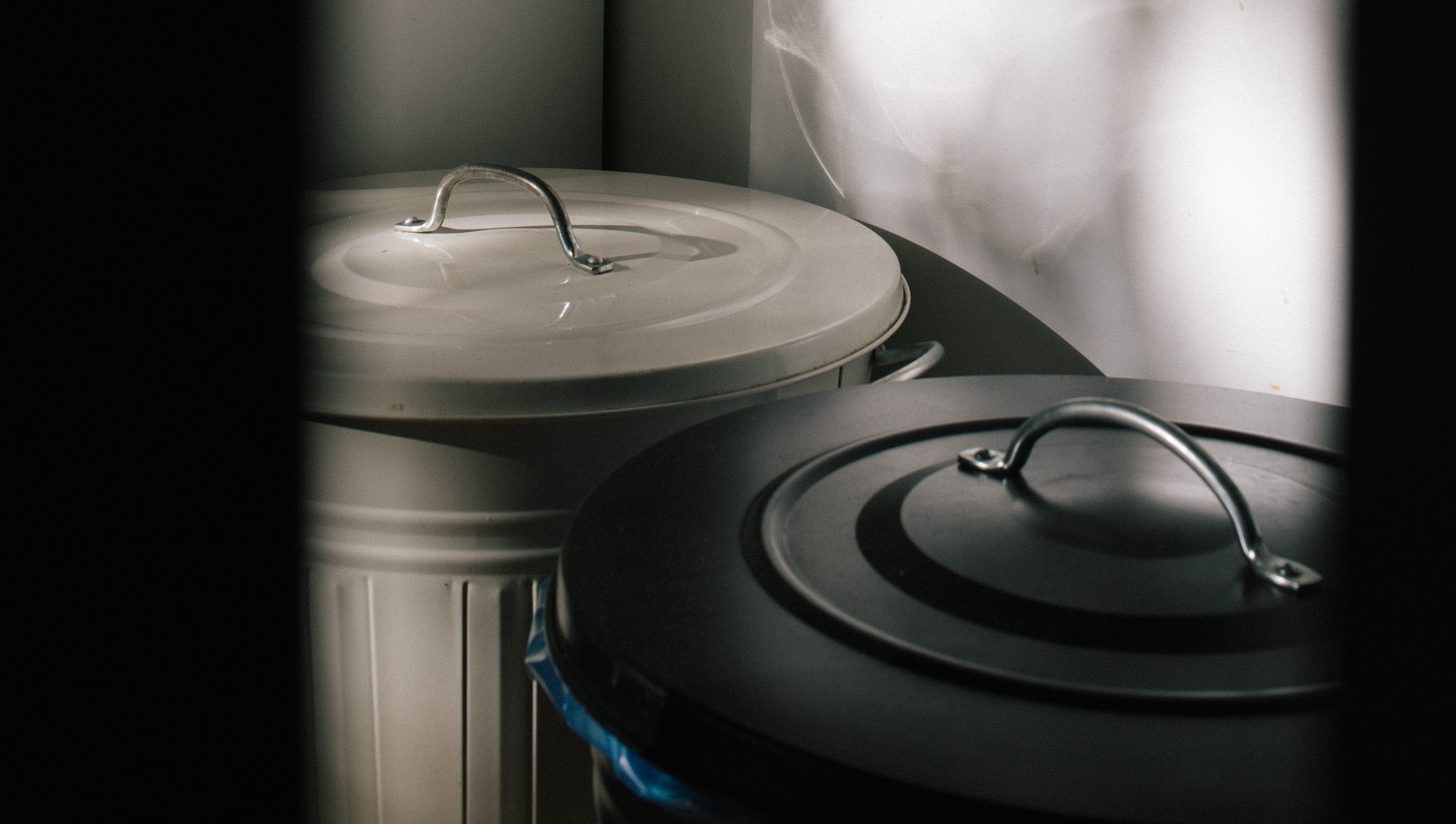You know the scenario: it’s dinner time, you haven’t meal prepped and are due to go grocery shopping. You open the fridge and pantry several times as if food will magically appear. But you’re left with what you’ve got and somehow need to throw a meal together. Time to dig into the archives of canned goods and questionably ‘fresh’ food remaining in the fridge. You check some ambiguous date on the packaging and it’s in the past, you throw it away in fear of getting sick. Time to order delivery.
According to a recent article published by NPR, the confusion among date labels is creating an enormous amount of waste in Americans’ homes. A whopping $161 billion worth each year. Turns out, some foods are completely safe to eat for up to 6-9 months after their so-called expiration date. Rather, the date is more of an indication of quality.
And as obvious as it might be, we all have a shared responsibility to help eliminate food waste and reduce our carbon footprint. But how?
It’s Time to Expire Your Sell-By Label
The United States Department of Agriculture states that manufacturers provide dating to help consumers and retailers decide when food is of the best quality. Dates are not an indicator of the product’s safety and are not required by Federal law (except for infant formula).
But with a variety of date labels such as ‘sell-by’, ‘use-by’ and ‘best before’, most consumers still question whether their food is safe to eat.
However, the FDA believes that if we can avoid confusion among date labels, we can also avoid waste. This was expressed in a recent letter they sent to the food industry urging standardization of ‘Best if Used By’. According to the letter, Consumer research has found that the “Best If Used By” phrase best communicates to consumers the date by with the product will be of optimal quality.
This isn’t too surprising as this phrase means exactly what it says where as something like sell-by leaves you with wondering when the use-by date is.
The Pressure is on
The federal government’s goal is to reduce food waste by 50% by 2030. The difficulty in streamlining this could be in part due to the fact that there is no federal requirement to putting date labels on food packages. However, while this is a voluntary measure the FDA encourages (and certainly not the only means to reducing waste), their research could indicate a trend everyone will want to get behind.
Leaders in the industry such as the Grocery Manufacturers Association and the Food Marketing Institute have pushed for standardized labels. As a food manufacturer, not only would this support the environment, it can potentially protect your reputation by allowing consumers to become more familiar with the “Best If Used By” quality of your products. After-all, no one knows the shelf-life better than the ones that put it on the shelf to start.
For more information on what the USDA suggests for proper food label dating, you can visit their Food Product Dating page.

